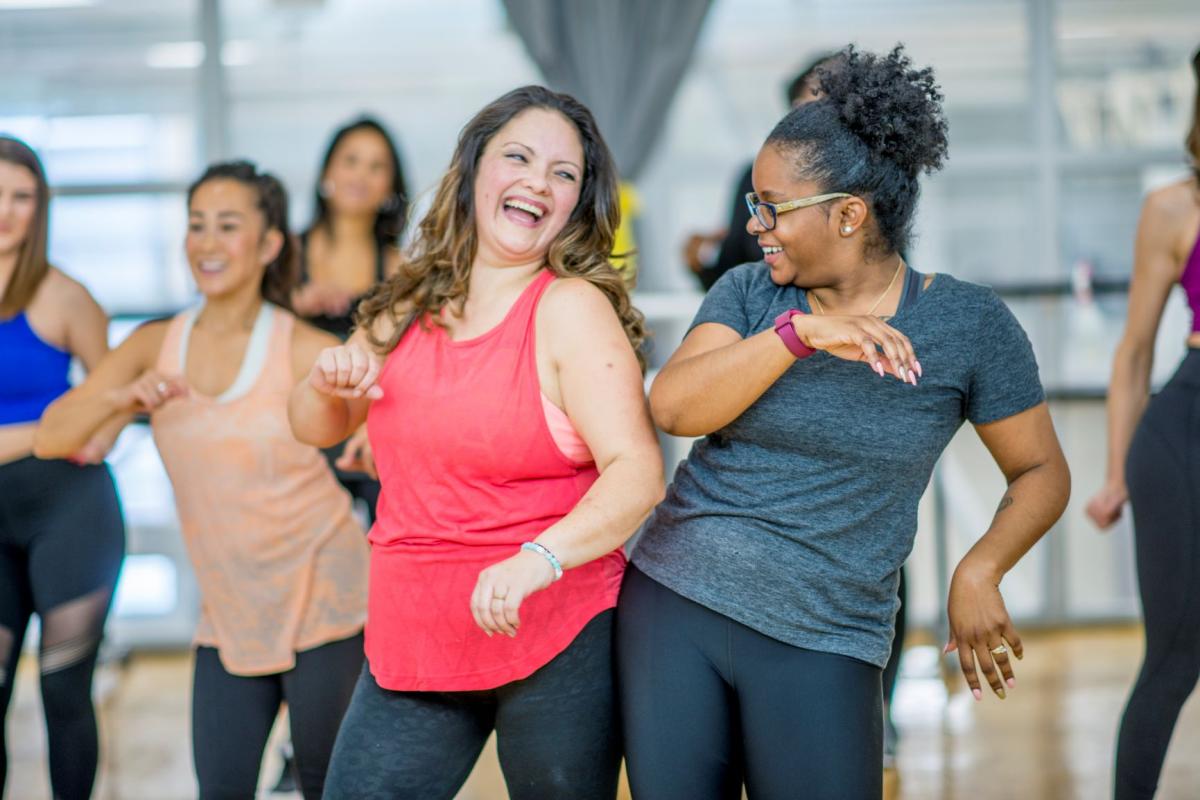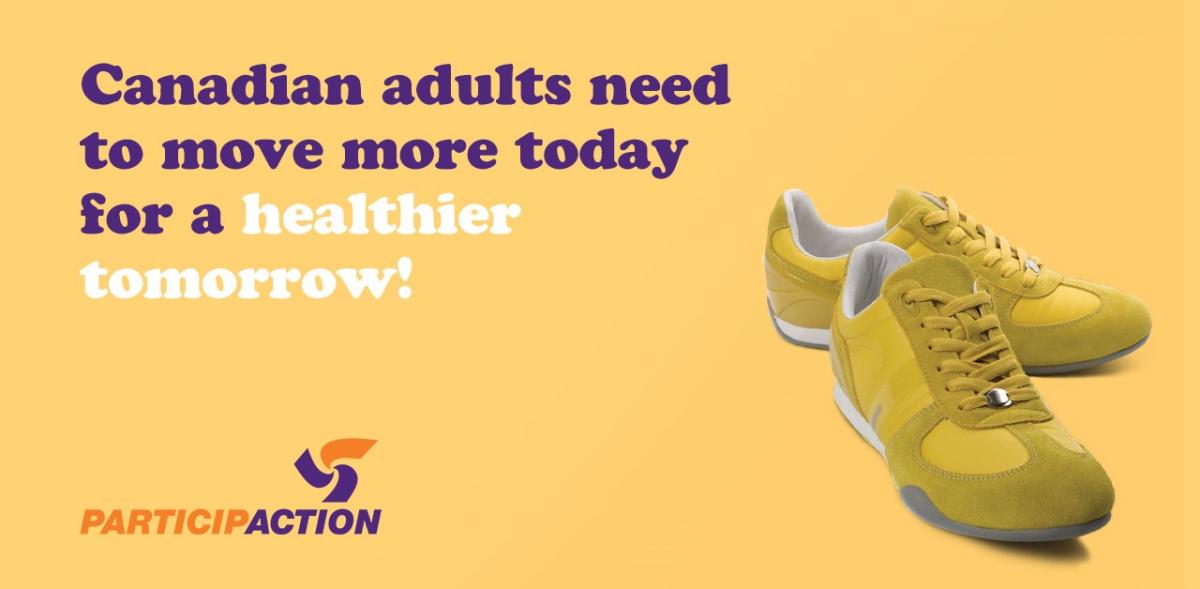If you’re over the age of 18, it has probably been a while since you received a report card (maybe longer for some than others). Last week, for the first time ever, Canadian adults collectively received a report card on Physical Activity from ParticipACTION.
Every year, ParticipACTION shares a Physical Activity Report card for Children and Youth, assigning letter grades to different parts of physical activity (for example, time spent being physically active, time spent sitting, amount of sleep). Like the Children and Youth report cards, the Report Card on Physical Activity for Adults assessed Canadians’ physical activity using the latest data and research.

The bad news? Well, we aren’t doing too great with being physically active. In fact, our Overall Physical Activity grade is a letter grade “D”. This grade is based on four measures: Daily Movement, Moderate-to-Vigorous Physical Activity, Muscle and Bone Strengthening Activities and Balance-Training Activities. Our report card looks something like this:
|
Topic |
Letter grade |
|
Overall physical activity |
D |
|
Daily movement |
C |
|
Moderate-to-Vigorous Physical Activity (MVPA) |
F |
|
Muscle & Bone Strengthening Activities |
INC |
|
Balance Training Activities |
INC |
What does this mean?
This means that Canadian adults aren’t meeting the targets that science tells us we need to meet, in order to reach optimal health. Let’s break down our grades a bit:
- Daily movement (C) – an individual with a “physically active lifestyle” needs to get at least 7,500 steps in a day. Only half (52%) of Canadian adults meet this criteria.
- MVPA (F) – the Canadian Physical Activity Guidelines suggest that adults aged 18-64 and older adults 65 years or older should participate in at least 150 minutes of MVPA per week. MVPA is any activity that makes your heart rate spike and breathe harder. Latest national data shows that only 16% of adults meet the guidelines.
- Muscle/Bone Strengthening & Balance Activities (INC) – these measures received an “Incomplete” grade since not enough data is available. However, research shows that these activities are important to prevent falls and injuries among older adults.
Physical activity is an important part of our daily lives because everything gets better when we are active. Physical activity also lowers our chances of developing chronic diseases (such as heart disease, certain types of cancer, Type 2 diabetes and more), and prevents injury, cognitive decline and social isolation.
What we can do

We‘re not sharing this with you to shame you. There is good news! There are lots of opportunities improve our grades. It’s never too late to get active! Simply put, all we need to do is, sit less and move more.
There are lots of ways to make physical activity more of a priority in our busy lives. And you can always start small and then include more variety as physical activity becomes a part of your routine. Here are some easy ways to include more physical activity in your day:
- Sprinkle physical activity throughout your day in bouts of 10 minutes or more. For example, try going for a vigorous walk during your work breaks.
- Don’t have 10 minutes? Try making small changes to everyday tasks to make your heart beat faster. Every step counts. For example, find a farther parking spot for your car, take the stairs instead of an elevator, or step away from your desk for 10 squats or lunges.
- Another easy way to incorporate more physical activity is by walking or cycling to where you need to go.
- Carve some time out of your day for a fun activity. Try something new with your family or friends. Try a dance class or find your local trail group and get moving while having fun!
- Check out your local community guide for more ideas: Guelph, Centre Wellington, North Wellington, Guelph-Wellington free and low-cost recreation guide (PDF), Orangeville, Shelburne
For more inspiration and the full report card visit ParticipACTION.com.
